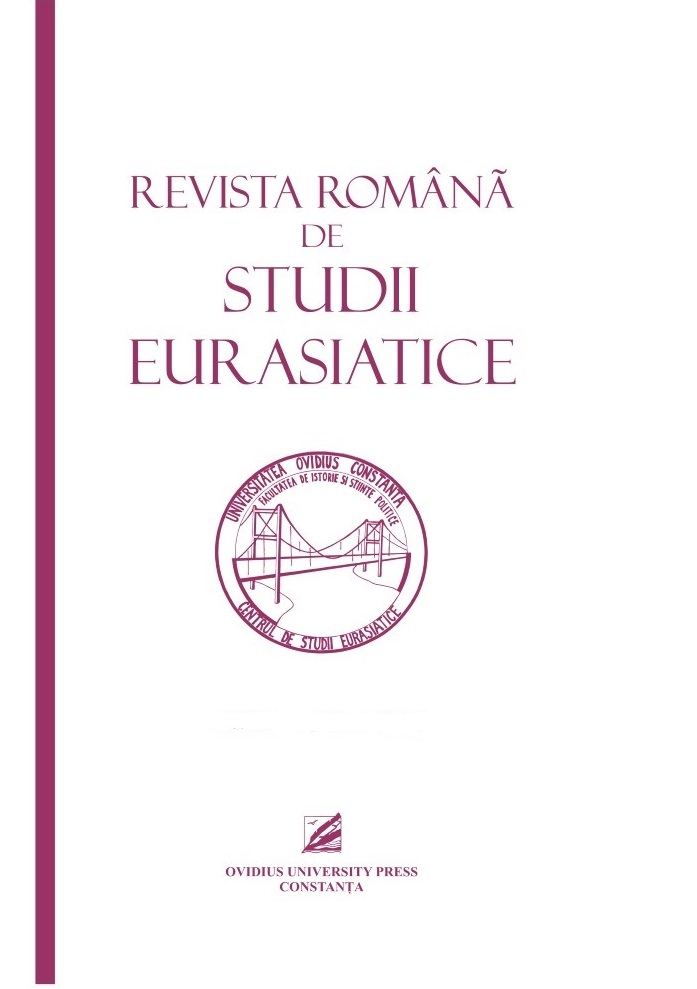LITURGICAL TEXTILE REPRESENTATIONS IN BYZANTINE ART
LITURGICAL TEXTILE REPRESENTATIONS IN BYZANTINE ART
Author(s): Laura Sînziana Cuciuc Romanescu, Ozlem KayaSubject(s): Visual Arts, Middle Ages, Eastern Orthodoxy, History of Art
Published by: Ovidius University Press
Keywords: Art; Byzantine art; Byzantine Imperium; Religious art; Byzantine icons; Textile;
Summary/Abstract: Canonically defined, the theme of the icon, as well as its symbolism, is not within the competence of the artist. Unlike profane art, the icon spontaneously reveals the mystery it represents. Moreover, she lives from this reality and can only be perceived from within. In sacred painting its basic features are provided by the canons. Thus, the position of the body, the attire of the characters, the gestures and other details are invariable. According to the requirements of the Church of the East, icon painters must conform to a set of canons, guides, which guarantee continuity and doctrinal unity. In profane art, valuable work reflects the personality of the artist. It is, in a way, an attempt to materialize his thinking and vision of the world. Audience recognition involves new creations, and the artist's effort constantly tends towards innovation and overcoming. The iconographer, however, feeds his art from the Tradition and the teaching of the Church. His personality must be eclipsed in front of the represented character. Despite this fidelity to Tradition, it is amazing to find that there can be counted dozens of iconographic schools, in which we do not find two identical icons. But, also in this context, we notice that the icon with a certain subject is immediately recognized by everyone. The topic of this paper is the liturgical textile representations that we can see in Byzantine Art, the meanings of the colors and symbols that enrich them.
Journal: Revista Română de Studii Eurasiatice
- Issue Year: 17/2021
- Issue No: 1+2
- Page Range: 33-46
- Page Count: 14
- Language: English

